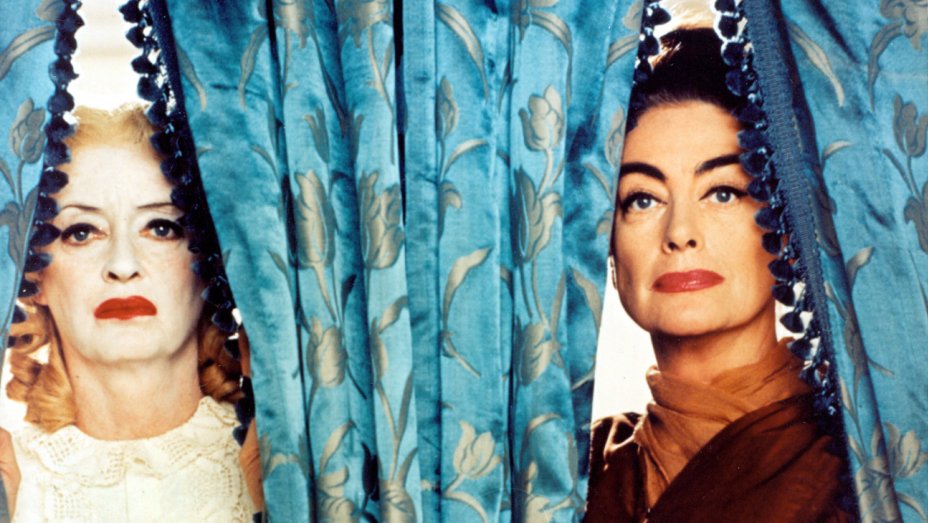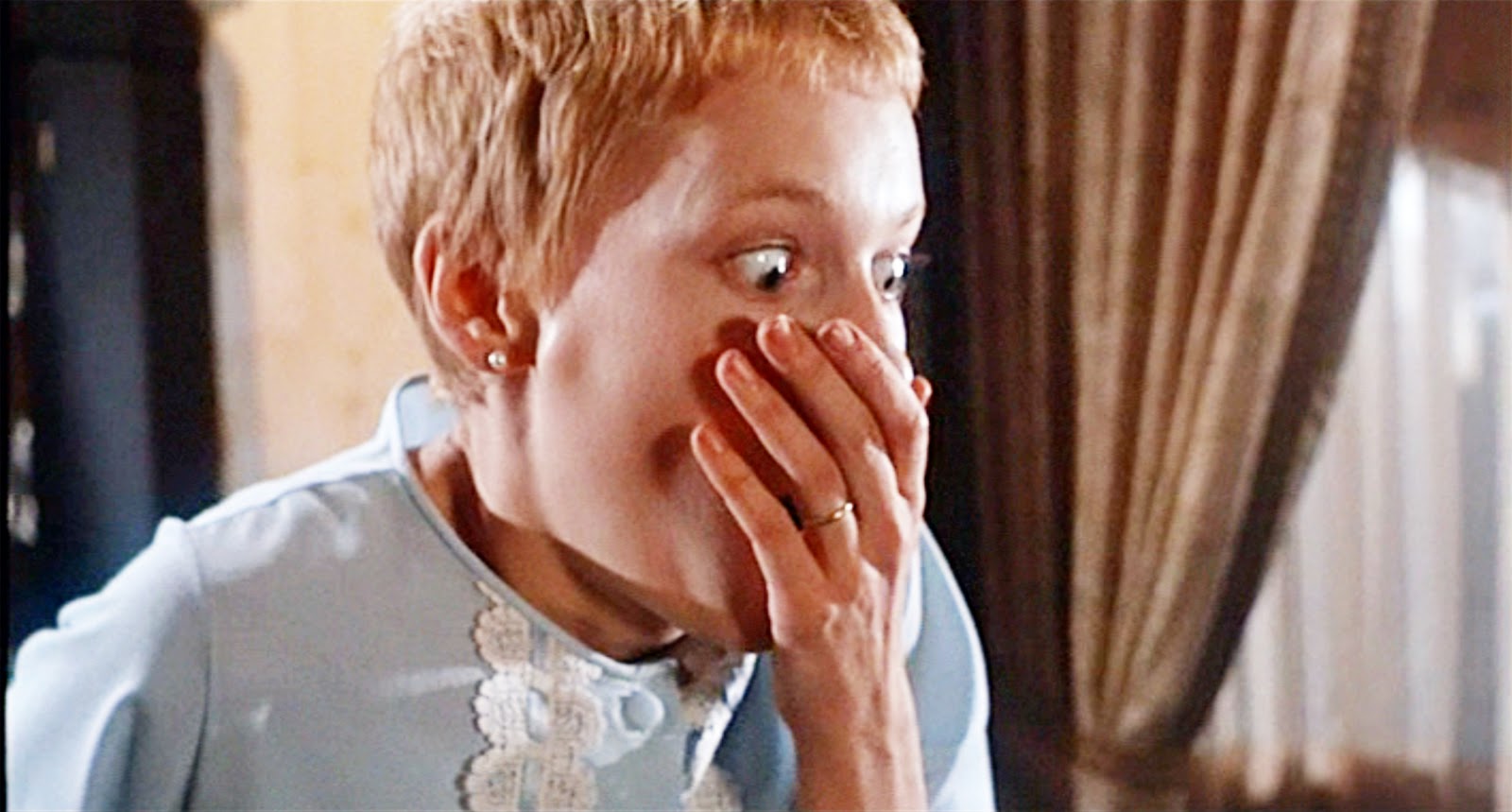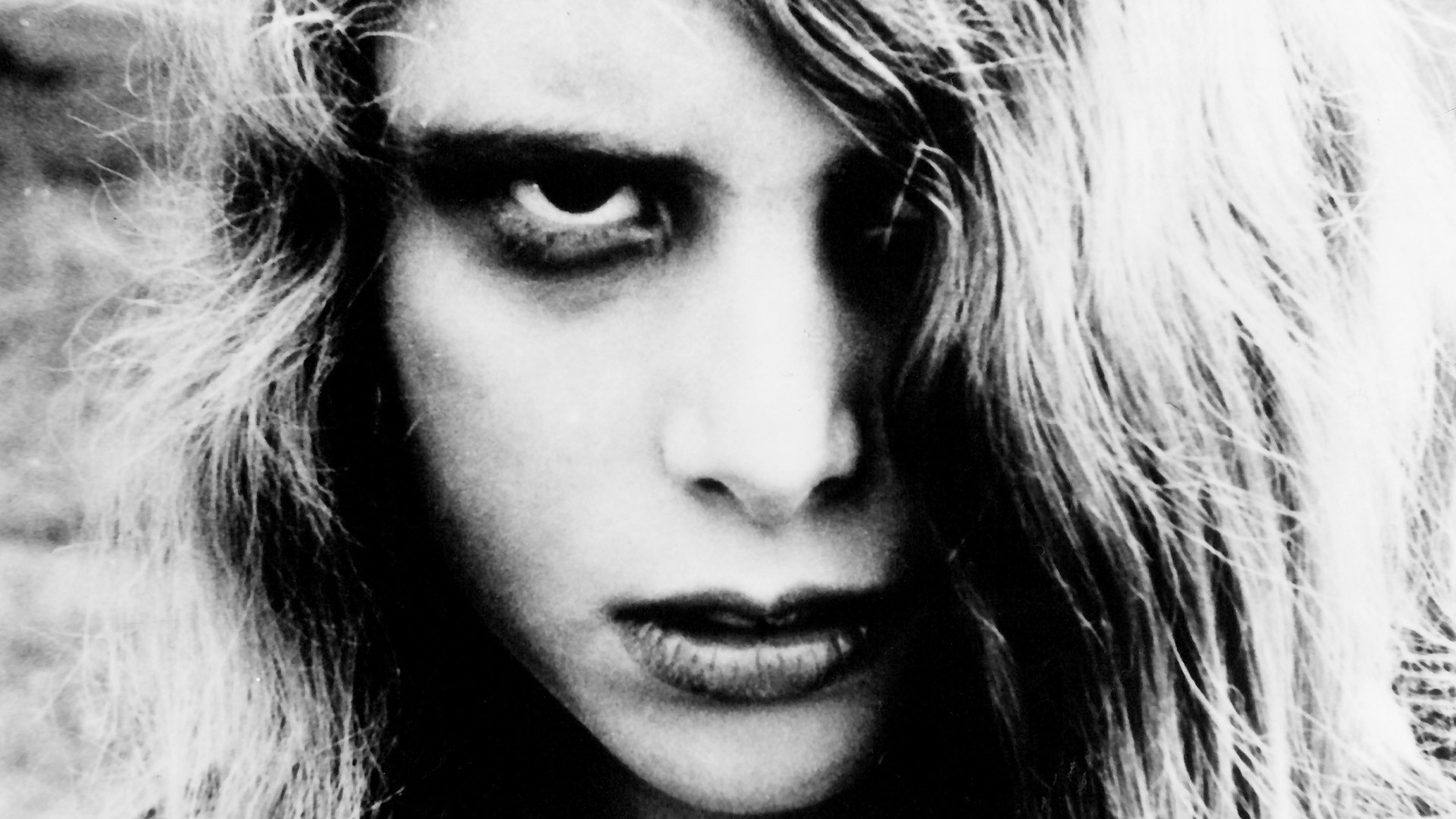It’s time to sift through that bountiful gift that is satanic horror. So many movies! So many black masses! So many purple robes, goat’s heads, high priests!! So many, indeed, that we had to leave off a ton of really great movies, so even though they didn’t make the final list, be sure to check out Ready or Not, Brotherhood of Satan, Race with the Devil, Blood on Satan’s Claw, Prince of Darkness, House of the Devil, The Sentinel, The Devil Rides Out, and the brilliant short film Born Again.
5. The Day of the Beast (1995)
Funny, startling and wildly irreverent, Alex de la Iglesia’s dip into Satanism is a giddy experience. It’s not just great Satanism horror, it’s an excellent Christmas movie!
A priest, a Satanist and a charlatan comb the city of Madrid on Christmas Eve in search of the birth ritual of the Antichrist. Their hijinx are feverish and frantic in a transgressively funny horror tale.
Gleefully gory mayhem suits the outlandish performances, together driving one of the gruesome auteur’s very best.
4. Angel Heart (1987)
In Angel Heart, director Alan Parker develops a steamy atmosphere as we follow private dick Harold Angel (Mickey Rourke) through the bowels of New Orleans in search of information on missing crooner Johnny Favorite.
Rourke’s work is key to the film’s unseemly feel. Angel’s sympathetic and full of a disheveled charm. You’re sorry for him even as you know he’s outmatched and probably undeserving of your pity. He knows it, too, and that’s what makes the performance so strong.
Plus there’s the sheer diabolical presence of an understated Robert DeNiro. His well-manicured and articulate Louis Cyphre perfectly balances Rourke’s handsome slob, and both fit beautifully into this sultry version of 1955.
Deceptively bloody, unusually classy, effortlessly creepy, Angel Heart stays under your skin. Maybe it’s the casual evil, the lurid atmosphere. Maybe it’s De Niro’s understated menace, with those long nails and that hardboiled egg.
3. The Blackcoat’s Daughter (2015)
Winter break approaches at a Catholic New England boarding school. Snow piles up outside, the buildings empty, yet Kat (Kiernan Shipka) and Rose (Lucy Boynton) remain. One has tricked her parents for an extra day with her townie boyfriend. One remains under more mysterious circumstances.
Things in writer/director Oz Perkins’s The Blackcoat’s Daughter quietly unravel from there – although quiet is not precisely the word for it. There is a stillness to the chilly, empty halls. But thanks to the filmmaker’s brother Elvis, whose disquieting score fills these empty spaces with buzzing, whispering white noise, a sinister atmosphere is born.
Perkins repays your patience and attention. There are loads of sinister little clues to find.
2. Rosemary’s Baby (1968)
Rosemary’s Baby remains a disturbing, elegant, and fascinating tale, and Mia Farrow’s embodiment of defenselessness joins forces with William Fraker’s skillful camerawork to cast a spell. Along with Repulsion (1965) and The Tenant (1976), Rosemary’s Baby is part of Polanski’s “apartment trilogy” – disturbing films of tension and horror in which metropolitan life and nosey neighbors conspire to drive a person mad.
Working from Ira Levin’s novel, Polanski takes all the glamour out of Satanism – with a huge assist from Ruth Gordon, who won an Oscar for her turn as the highly rouged busybody Minnie Castevet. By now we all know what happens to poor Rosemary Woodhouse, but back in’69, thanks much to Mia Farrow’s vulnerable performance, the film boiled over with paranoid tension. Was poor, pregnant Rosemary losing it, or was she utterly helpless and in evil hands?
1. The Witch (2015)
The unerring authenticity of The Witch made it the most unnerving horror film in years.
Every opportunity writer/director Roger Eggers has to make an obvious choice he discards, though not a single move feels inauthentic. Rather, every detail – whether lurid or mundane – feels peculiarly at home here. Even the most supernatural elements in the film feel appallingly true because of the reality of this world, much of which is owed to journals and documents of the time, from which Eggers pulled complete sections of dialog.
As frenzy and paranoia feed on ignorance and helplessness, tensions balloon to bursting. You are trapped as this family is trapped in an inescapable mess, where man’s overanxious attempt to purge himself absolutely of his capacity for sin only opens him up to the true evil lurking, as it always is, in the woods.








